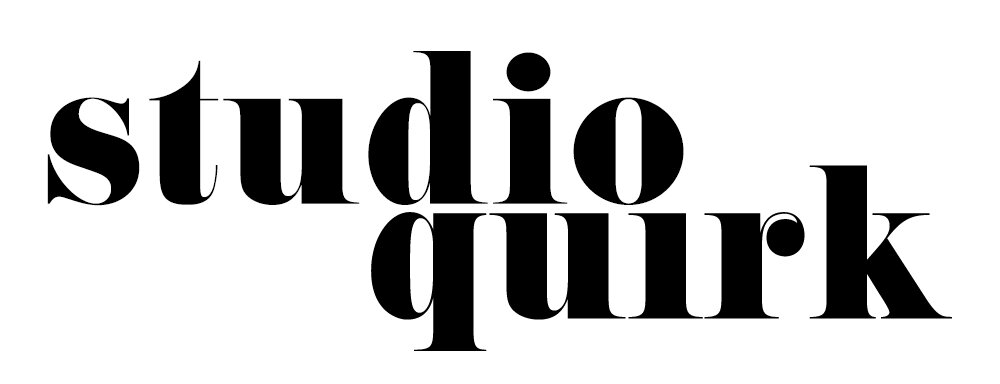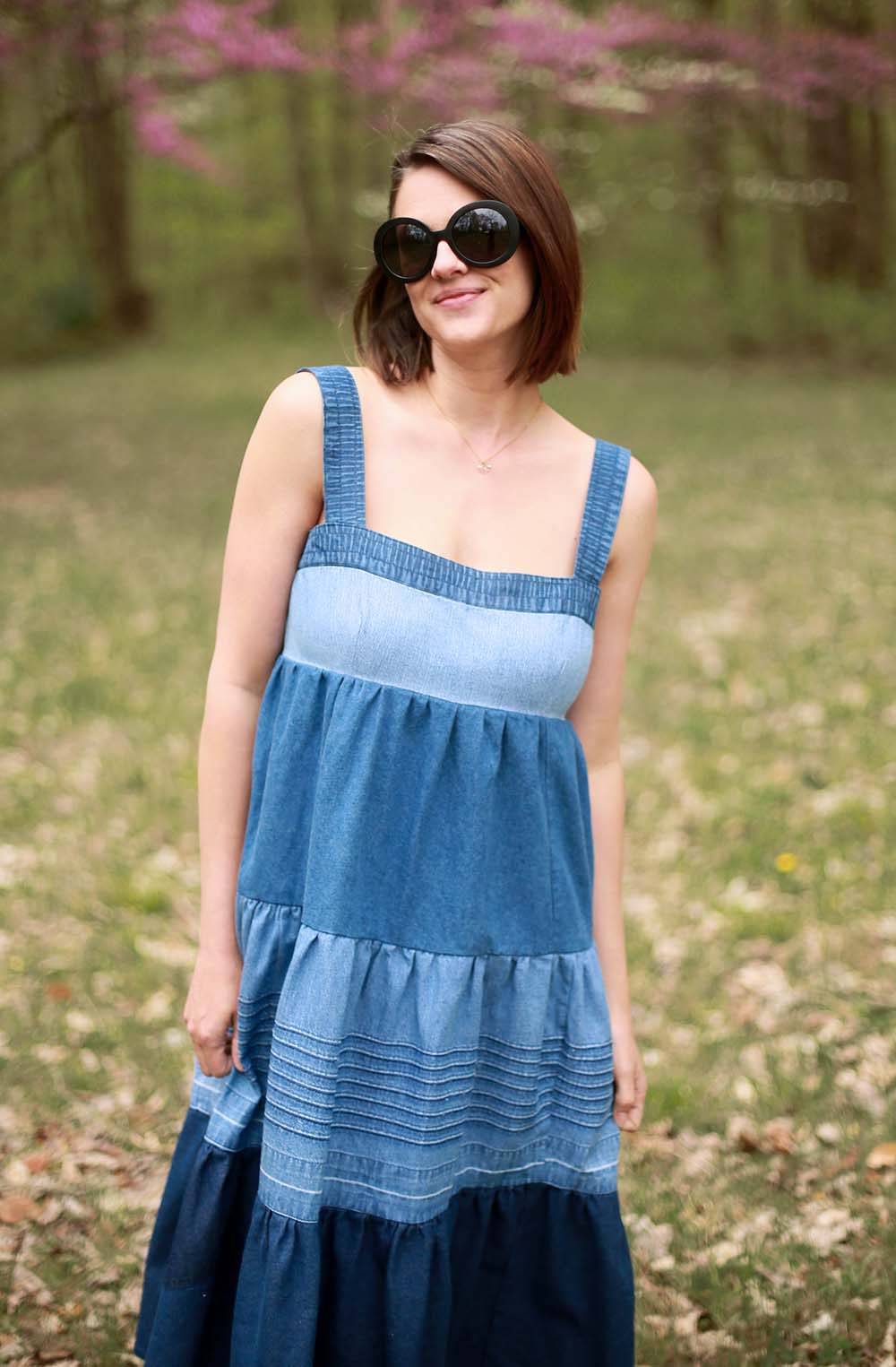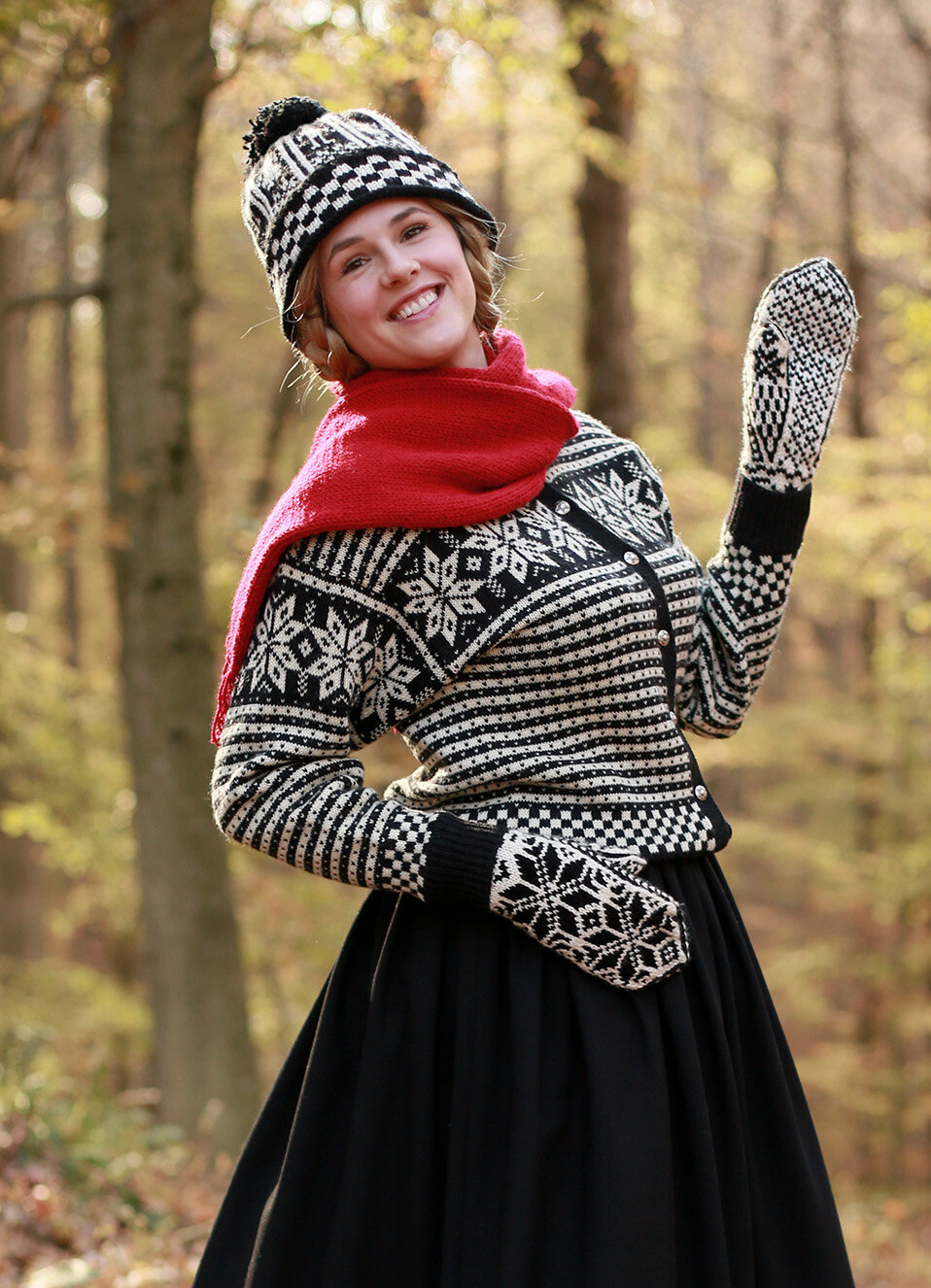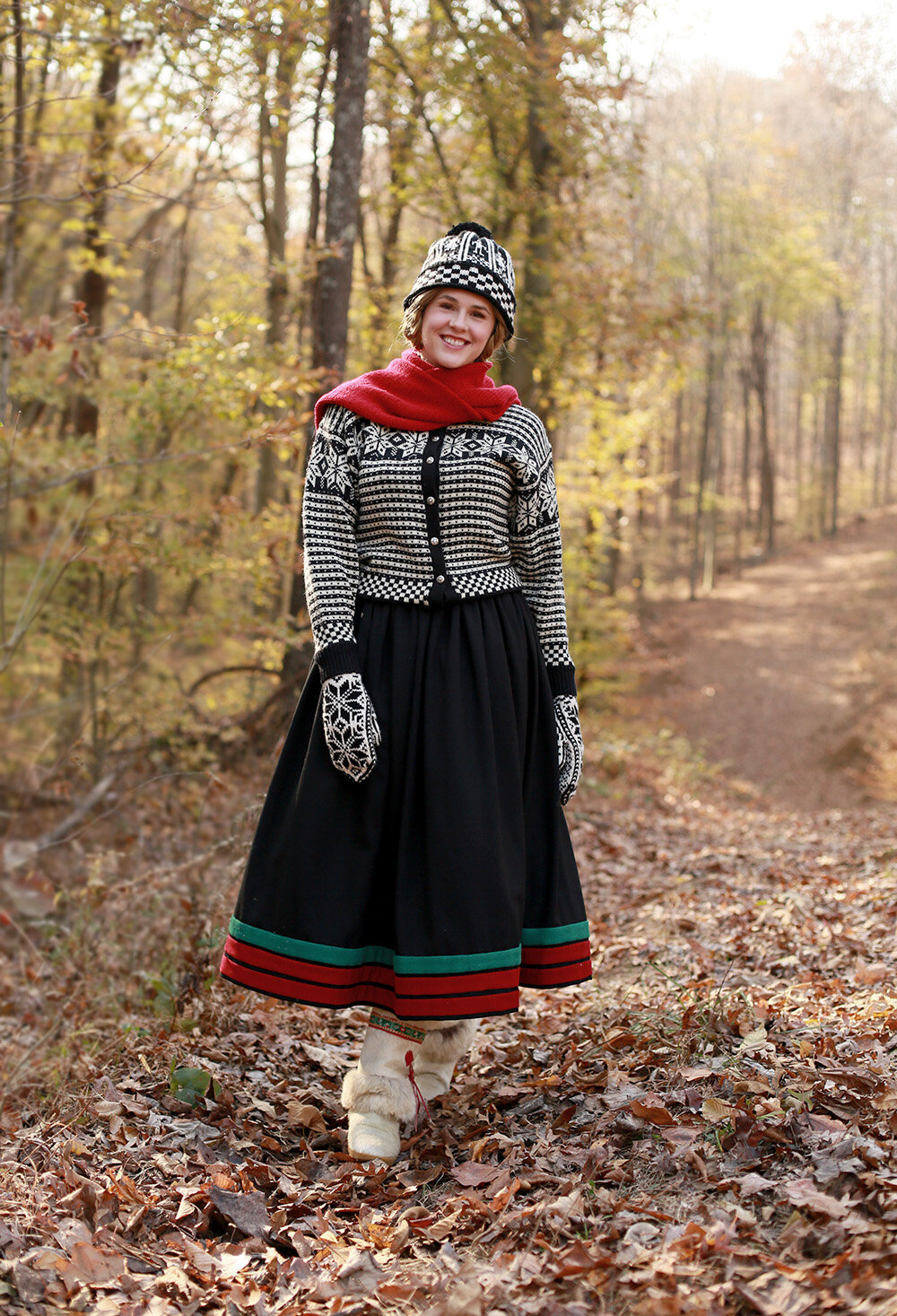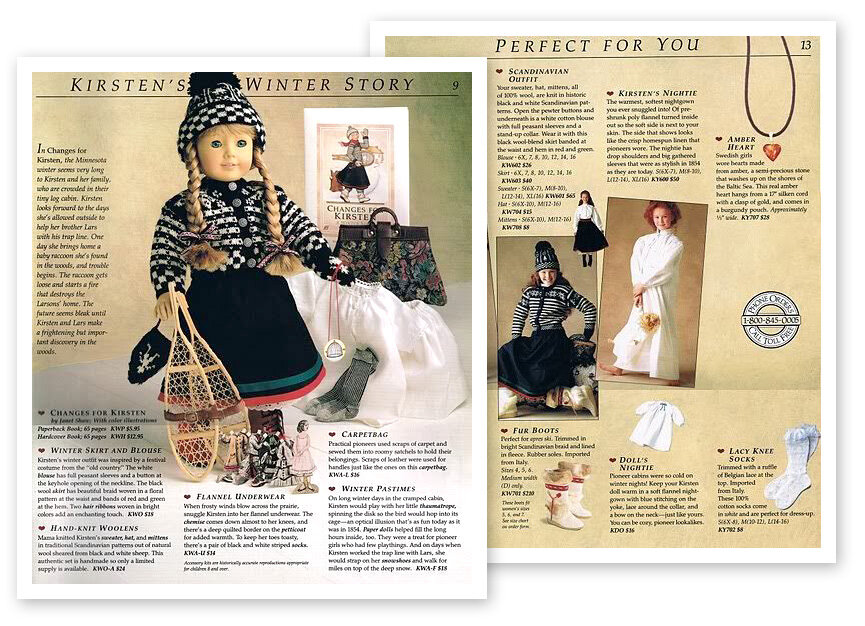The Kirsten Project | Changes for Kirsten
/Ch-ch-changes! As we move into colder weather, it’s time for another look from The Kirsten Project - this time with her winter Scandinavian outfit from Changes for Kirsten. If you haven’t had a chance to see my background research on Kirsten’s skirt, sweater and knitted accessories or my original Kirsten Project post you’ll want to check those out. This look was practically plucked from the museum and was such a joy to recreate. Let’s jump in, shall we?
She wore all her flannel petticoats, her warmest skirt, and two pairs of wool socks, but still trembled with cold. - Changes for Kirsten
Kirsten’s winter story is set in 1850s Minnesota, but her old country outfit is distinctively Scandinavian - specifically Norwegian. Why not Swedish? As you know Norway and Sweden are neighbors and although there are regionally specific costumes, there are also a lot of similarities and overlaps between the bunad, or folk dress of the two nations. For example, both countries have bunads with red, green, black and white color schemes (just have a look at the famous artist Carl Larsson and his work “Kersti’s Birthday Party” featuring his daughter and her friends in their regional dress). So while not a Swedish folk costume to a T, Kirsten’s winter outfit absolutely captures a Scandinavian essence.
Political borders aside, my best guess is that pieces of Kirsten’s winter look, like the fana cardigan sweater and the Tecnica après ski boots were popular fashion trends of the 1980s when her character was developed. Maybe someone walked into the office one day wearing them and the design team turned to say now THAT’S what Kirsten’s winter look should be! Who can blame them? I love the high contrast black and white, punched with pops of red and green and think the entire look is one of the most memorable from the entire early Pleasant Company catalog (I’m still pining for a doll’s sized version but keep losing eBay auctions in the final minutes!)
Hat, Scarf + Mittens
Thanks to this project I’m back on a knitting kick again! I knit all of my winter accessories myself and really loved every second of it! The hat is a copy of the doll’s hat and I think it’s very close! I actually made three versions of this hat. On the first I asked for feedback (you guys suggested alternative male and female figures instead of just girls), the second was destroyed with a dying mishap and this is the third! I made it roomy enough to fit my big braids underneath but it still works for everyday wear! Speaking of, a huge plus to making this costume is the modern wearability of the pieces. I foresee myself getting a lot of use out of them!!
My scarf isn’t anything too fancy - just one very long tube of red stockinette knitting. I don’t like purling very much but in the round I can fly with a metal tipped circular needle. I used size 8 with worsted weight yarn and it took two skeins. No pattern! I found some original examples here and here!
These mittens were made using the Selbu pattern from Skeindeer Knits (read more on the history of the selbuvotter here). It’s really well written and fast to knit. Again I used worsted weight yarn and US size 4, 9” circular needles and matching DPNs for the fingertips and thumb. Magic loop just doesn’t work for me and I find the small circulars to be really fast! I’ve since finished four more pair of mittens!
Sweater
My fana style sweater, with it’s selburose stars, checkerboard hem and cuffs and black and white stripes, is what kick started this project for me. I had a little money left over from my first round of backing when I saw this original Pleasant Company cardigan on eBay. The price was too good to let it go and the rest is history. It’s a girl’s XL and thanks to that 80s silhouette, roomy enough to fit me!
Skirt
As I referenced in my research post, Kirsten’s skirt is very similar to the overskirt of the Setesdalbunad. I chose to go with extant examples and historical photographs and do two red stripes instead of one for my version skirt.
The skirt is made from a lovely lightweight wool I bought from Burnley and Trowbridge. I cut a narrow strip for my waistband and then split the remaining yardage in half. I sewed up those side seams and then gauge pleated 10 feet worth of fabric into my waistband. At the hem I appliquéd stripes of red and green wool that I sourced from second hand pencil skirts bought at the thrift store. If you’re looking closely those are burrs decorating my hem… I walked around through the woods for a while to find the perfect spot to take these photos!
Boots
While every other aspect of Kirsten’s costume can firmly be traced to Scandinavian cultural origins, these boots are one piece I couldn’t nail down other than the fact that they are definitely in the artwork for Changes for Kirsten (by the wonderful Renée Graef! Hi Renée!!)
I considered the fur boots worn by the Sami people of Northern Scandinavian, but those have a curled toe. I looked at Native American examples from the US, but I couldn’t find anything that was identical. I looked up mountain men (Kirsten and her family are trappers in this book), but nothing there either. One thing I’m sure of? The boots from the illustrations are Tecnica après ski boots, the very same sold in the catalog, and they were a big trend in the 80s. See the eighties theme happening here?!
I found my boots on eBay and then made some alterations so they more closely resembled the cover art. I painted one of the yellow leather ties red (with leather paint) and stitched on vintage green Scandinavian ribbon under the cuff. This is one bit of my costumes I wanted to save for the final reveal because I was SO PSYCHED when I figured out the brand and then found a pair in my size. They’ll be great snow boots for winter!
I hope you’ve enjoyed this edition of The Kirsten Project! The more I research Scandinavian culture the more I want to visit and incorporate the designs into my own life. You better believe I have a St. Lucia Day breakfast planned in my home too! I’m so inspired by everything I learned during this project.
Thank you to everyone who has financially backed my costume work or cheered me on from the sidelines. It’s pretty amazing to work on something, put it out into social media ,and have nothing but positivity surrounding it. There’s something really joyful about sharing a childhood nostalgia with others. We all seem to remember how it felt to find the Pleasant Company catalog in the mail, turn the pages of the books and in cases like mine, dress up like my doll for so many happy days of my girlhood. So much of who I am was formed in those days - , a pioneer/homesteading spirit, a make do and mend attitude, a love for historical costumes and embracing anything and everything “old fashioned”.
